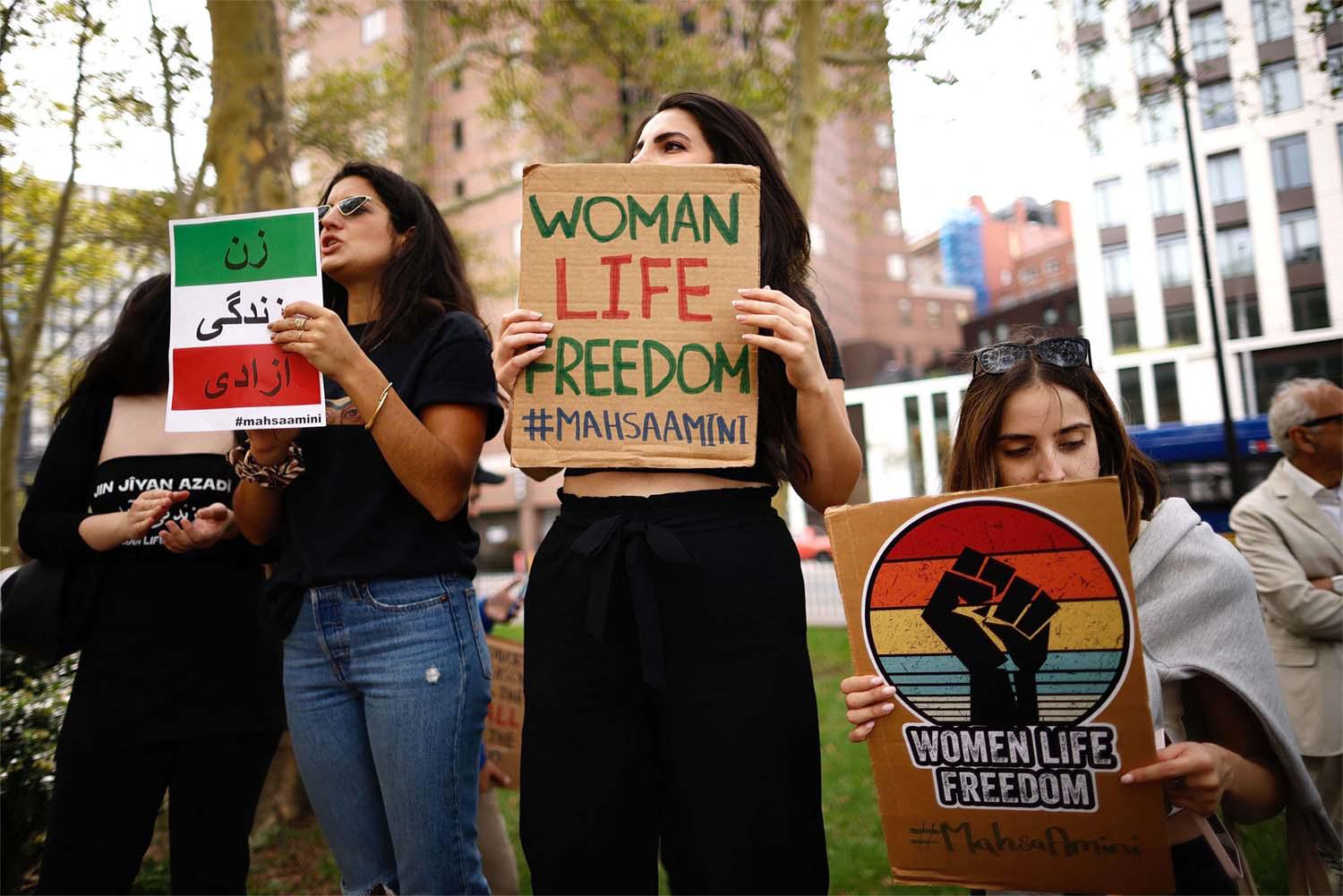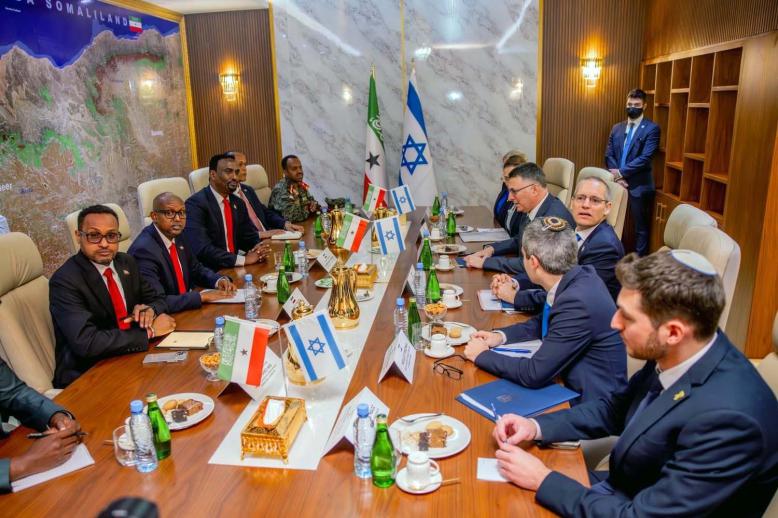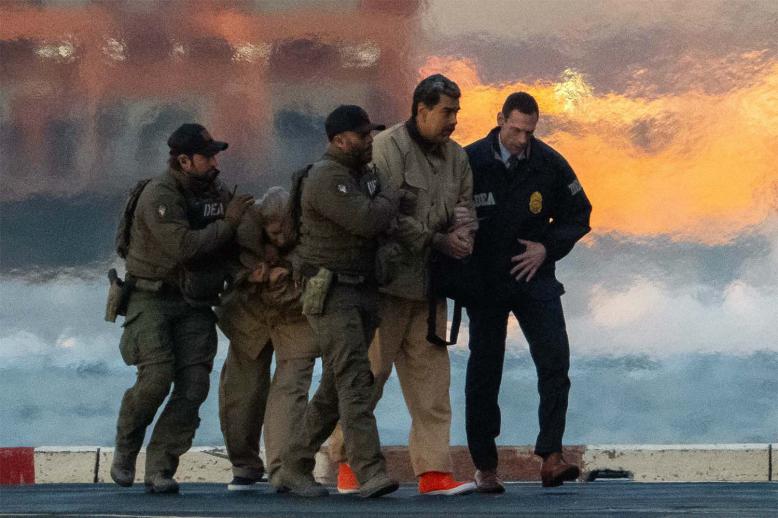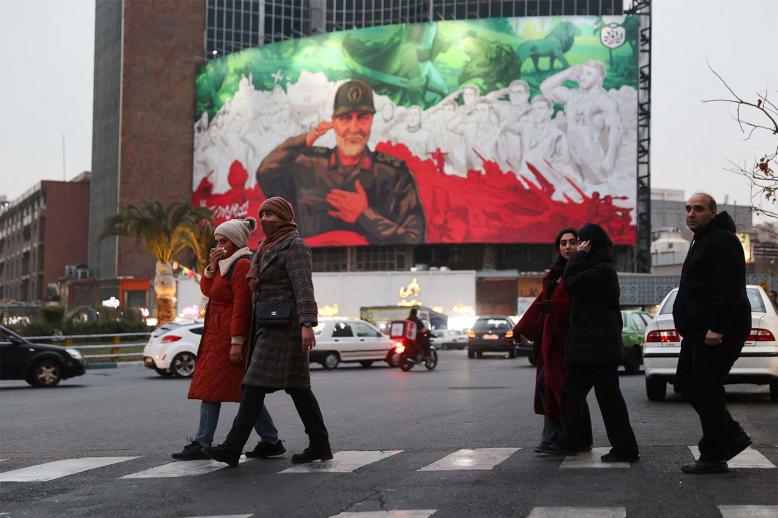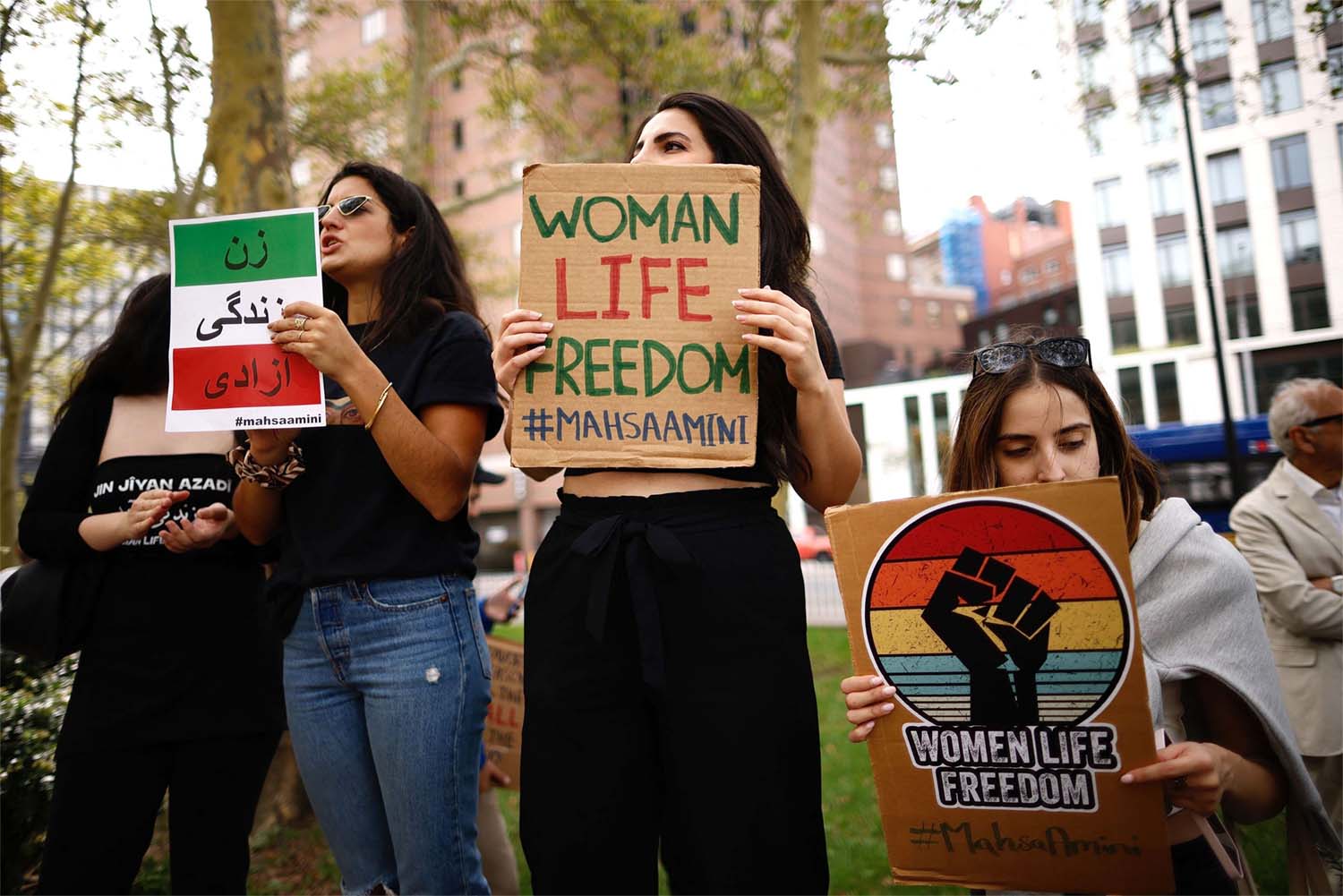Iranian regime’s behavior: Pragmatism or change?
On the anniversary of Mahsa Amini’s death, several Western media reports have underscored a relative shift in Iranian regime policies pertaining to the enforcement of hijab rules. These reports have communicated scenes portrayed as a form of overt defiance against the morality police by women who traverse the streets of Tehran without appropriate veiling and in ripped jeans. This “bold defiance” by Iranian women occurs a year after Mahsa Amini’s death while in the custody of the morality police, who accused her of improper hijab.
Public protests in Iran have concluded, but the underlying resentment has not entirely abated and remains under the surface. What the media reports perceive as behaviors challenging the laws symbolizes the minimum level of expression permitted by the regime to release and control this resentment, with a gamble on the factor of time to accomplish this. Nonetheless, it is challenging to assert conclusively that the presence of some Iranian women not adhering to hijab throughout Iran indicates a loosening hold of the regime or its renouncement of its ideological beliefs concerning the hijab issue or others.
Without doubt, the widespread public protests that followed Mahsa Amini’s death placed the Iranian regime in a sensitive international situation. They weakened its capability to resist Western pressures and created a new route for applying pressure on the regime. However, all of this has not forced the regime to alter its policies but has led to a kind of concession to avoid provoking new protests.
The laws remain in place, as the Iranian police assert to have confiscated over 400 cars in a single province, East Azerbaijan, due to violations associated with improper veiling. Furthermore, the Iranian Shura Council is contemplating a bill that relates to “hijab and modesty,” imposing heavy fines on unveiled women, along with sentences of up to ten years in prison, particularly for those who continuously violate hijab laws or incite others to do so.
Resistance to wearing the hijab carries symbolic importance related to the rejection of laws imposed by the Iranian regime for over four decades. However, all of these public pressures have not resulted in a parallel change in the regime’s beliefs. They are fundamentally ideological beliefs, embodying the philosophy of the regime and the essence of its thinking, which are unlikely to change over time, especially with the same ruling generation.
It is feasible that a reassessment might occur with the change or evolution of ruling generations, but there is no evidence of this in the Iranian situation. The individuals in power in Iran continue to compete to embrace the “revolutionary mood” and promote it, considering any opposition or criticism as harmful to the regime’s interests, which leads to sidelining and marginalizing them, at best, from positions of power. Meanwhile, harsher methods are employed against those perceived as more opposed to revolutionary values, as happened with many figures described as reformists.
The protest scene in Iran, in general, is not a temporary or transient issue in the regime’s relationship with the people. It is a relationship marked by tension and stagnation for most of its periods. This is what explains the repeated public protests that the regime commonly attributes to an external plots, regional influences, and funded parties, among other factors. These indicators are mirrored in the emigration of Iranians, which has been rising year by year, escalating from 1% three decades ago, during the height of revolutionary fervor and strict enforcement of laws and punishments, to nearly 2% in 2019. Iran has become a country that drives its own citizens away, especially elites from various fields.
The majority of the Iranian people are in a continuous state of protest, whether openly or covertly, against the regime’s policies. There are new, more intense and violent generations that confront the hold of power. They can evade suppression and virtual isolation measures, but the regime is well aware that without external support, internal protests cannot overthrow it. Therefore, the prospect of changing beliefs and ideas is questionable.
Change in Iranian thinking is not impossible, but it faces extremely challenging obstacles. Consider the noticeable change in Iranian policies toward neighboring countries, a pragmatic change driven by scenarios promoting regional alliances that target Iran to some extent. It remains a change that cannot be denied, even if driven by the pragmatism of aligning with the regime’s interests and the expected strategic gains of cooperation with its regional neighbors.
It is certain that the requirements of regional security demand the existence of normal relations between Iran and its regional neighbors. I do not believe there is any party that opposes Iran’s progress and development; quite the opposite, a stable, economically advanced Iran would be a vital element of stability for the Middle East — provided there are normal or even non-hostile relations between Iran and all regional parties, without exception.
Salem AlKetbi is a UAE political analyst and former Federal National Council candidate


